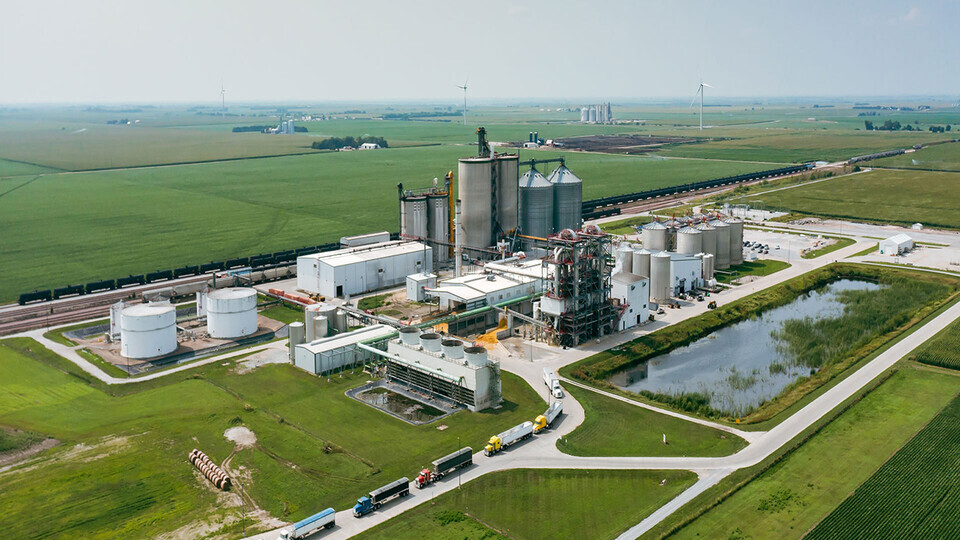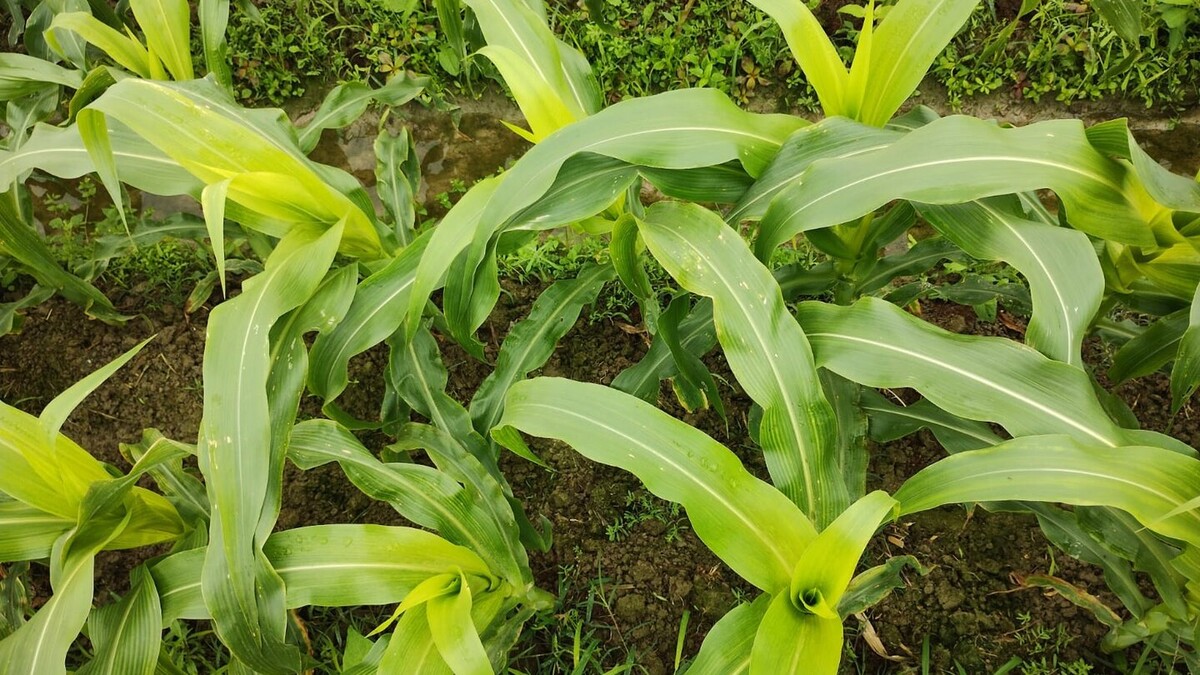
Lincoln, Neb. —The Nebraska ethanol industry produced over 2.25 billion gallons in 2019, resulting in a value of production for ethanol and co-products of greater than $4.04 billion, according to a new University of Nebraska–Lincoln study estimating the industry’s impact in 2018 and 2019. The overall economic impact of the Nebraska ethanol industry is over $4.5 billion.
Gallons produced and value of production in 2019 both increased over 2017, the year of the previous report, when the state produced over 2.07 billion gallons of ethanol, valued at $3.76 billion.
“Nebraska’s ethanol industry remains an important market in Nebraska, trailing only corn and cattle,” said Kate Brooks, associate professor in the Department of Agricultural Economics and a co-author of the study. “While the industry experienced weakened ethanol prices in 2018 and 2019, it has shown resilience through continued expansion in total capacity and diversification of co-products.”
According to the study, Nebraska continues to rank as the second-largest ethanol-producing state in the nation. The overall value of ethanol and ethanol co-products averages 64% of corn production, 33% of cattle production and 131% of soybean production, making ethanol the third-largest agricultural industry in the state.
From 2010 to 2014, the ethanol industry employed 1,301 full-time employees, rising to 1,453 employees from 2015-2017. These jobs led to primary employee income of $71 million from 2010 to 2014 and $97 million from 2015 to 2017. In 2018 and 2019, the industry employed 1,460 full-time equivalents, leading to a labor income of $125 million and $13 million in indirect business taxes. Proprietors’ income tells a different story, as producer income averaged $34 million from 2010 to 2014 and only $11 million annually from 2015 to 2017, which were primarily caused by lower prices. The estimated proprietors’ income for 2018 to 2019 was $12 million.
“Comparing the two most recent reports shows a trend toward stability in ethanol production,” Brooks said, noting that the latest data shows growth in ethanol co-product markets, for products like dried, wet and modified distillers’ grains and corn oil. The industry continues to expand beyond these traditional co-products, taking advantage of new market opportunities.
Almost all of Nebraska’s ethanol and about half the state’s dried distillers’ grain and corn oil production are exported, meaning most production results in a net positive impact for the state. The sales outside of Nebraska represent a direct economic impact, bringing new money into Nebraska’s economy.
The study’s results also suggest a positive impact on local corn cash prices, with an average increase of about 21.3 cents per bushel in the immediate areas near ethanol production facilities. A grower near an ethanol facility producing 220 bushels of corn per acre could receive, on average, an additional $46.86 per acre. Producers farther from ethanol plants face higher transportation costs and would net a smaller amount.
The report was produced by the Department of Agricultural Economics at Nebraska, in partnership with the Nebraska Ethanol Board. It is available here.







